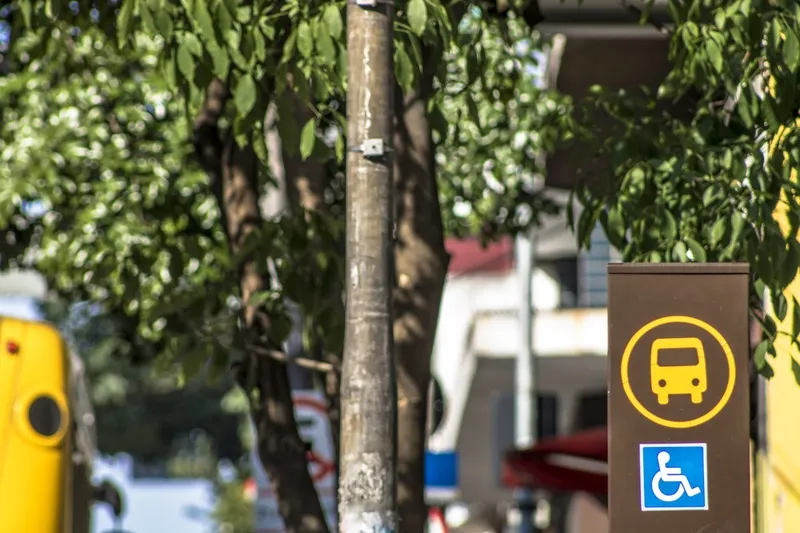At the end of his four-day Grow America tour, US Transportation Secretary Anthony Foxx announced a proposed rule to increase oversight responsibilities of State Safety Oversight Agencies (SSOAs) by replacing the existing outdated regulatory framework with one designed to better evaluate the effectiveness of a rail transit agency’s system safety program. The proposed rule, issued by the Federal Transit Administration (FTA), would give states more resources to increase oversight over rail transit systems. It
February 24, 2015
Read time: 2 mins
At the end of his four-day Grow America tour, US Transportation Secretary Anthony Foxx announced a proposed rule to increase oversight responsibilities of State Safety Oversight Agencies (SSOAs) by replacing the existing outdated regulatory framework with one designed to better evaluate the effectiveness of a rail transit agency’s system safety program.
The proposed rule, issued by the2023 Federal Transit Administration (FTA), would give states more resources to increase oversight over rail transit systems. It would require adoption and enforcement of federal and state safety laws and require SSOAs to be financially and legally independent of the rail transit systems they oversee.
“We must improve, modernise and transform rail transit safety oversight to provide the increased level of safety expected by the millions of passengers who use rail transit every day,” said Foxx. “Rail transit is a safe travel option, but we have an obligation and opportunity to make it even safer.”
“FTA appreciates the continued cooperation and engagement of our state and rail transit industry partners as we take this major step forward toward a new safety regulatory framework,” said FTA acting administrator Therese McMillan. “We drafted the proposed rule to ensure it allows for the flexibility and scalability needed to provide effective safety benefits for passengers and employees of transit agencies of all sizes and operating environments.”
The proposed rule, issued by the
“We must improve, modernise and transform rail transit safety oversight to provide the increased level of safety expected by the millions of passengers who use rail transit every day,” said Foxx. “Rail transit is a safe travel option, but we have an obligation and opportunity to make it even safer.”
“FTA appreciates the continued cooperation and engagement of our state and rail transit industry partners as we take this major step forward toward a new safety regulatory framework,” said FTA acting administrator Therese McMillan. “We drafted the proposed rule to ensure it allows for the flexibility and scalability needed to provide effective safety benefits for passengers and employees of transit agencies of all sizes and operating environments.”









